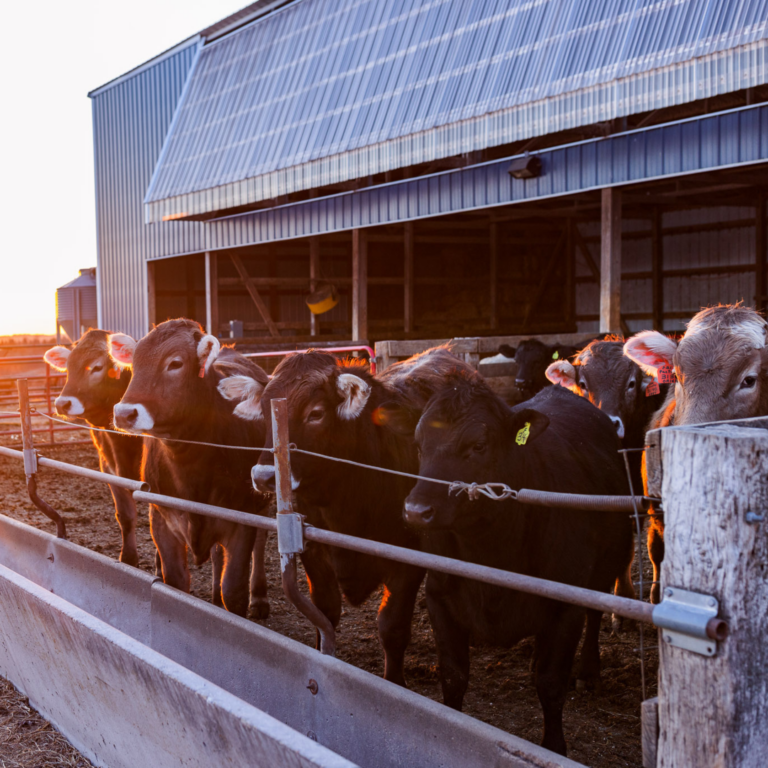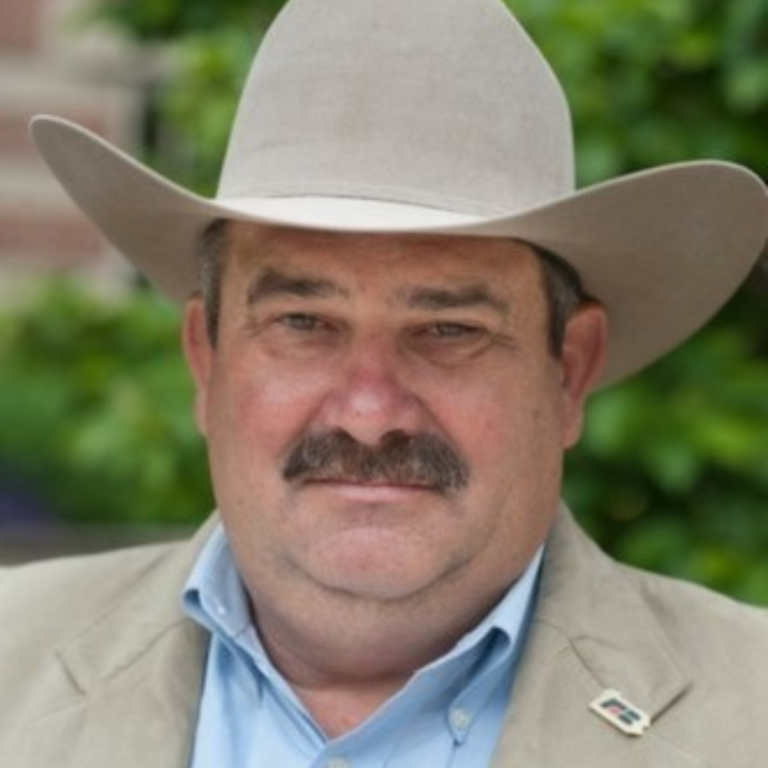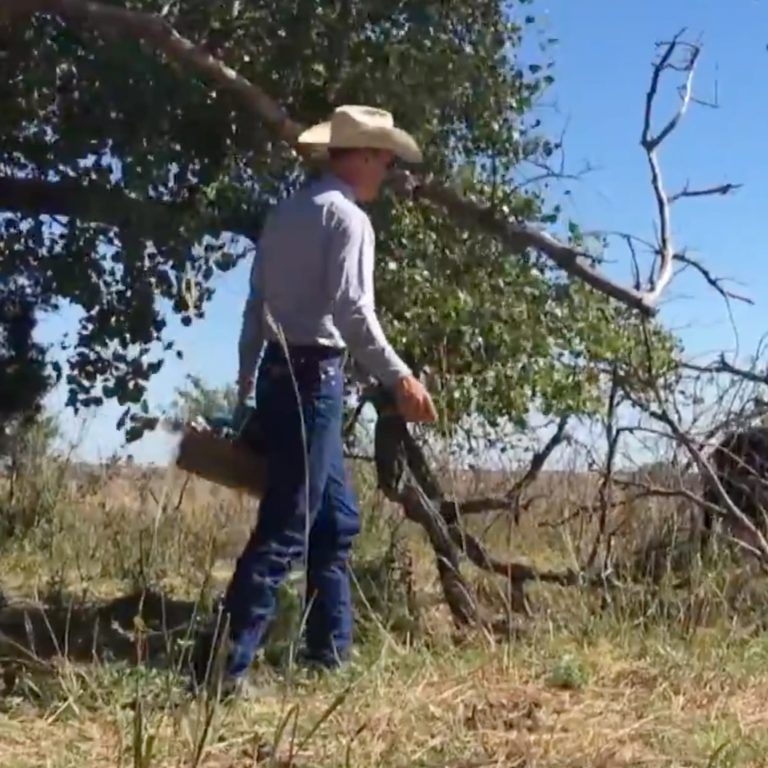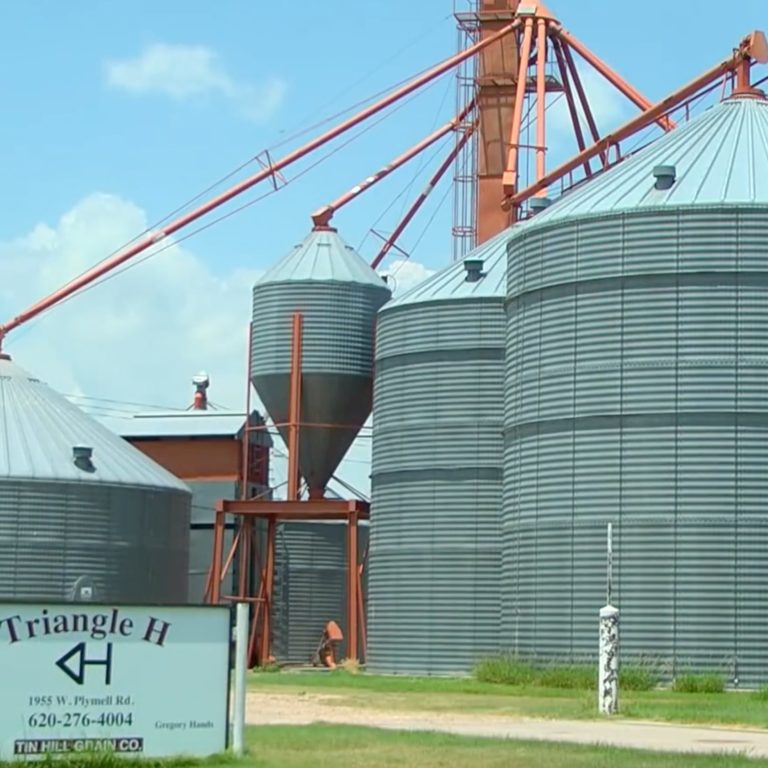A History of Beef Safety
This timeline highlights the critical role the Beef Checkoff-funded Beef Safety Research Program and annual Beef Industry Safety Summit, funded in part by the Beef Checkoff, have played in advancing the industry’s quest for the safest possible beef products.
1993
- A major E. coli O157:H7 outbreak was tied to ground beef served at national fast-food chain in four Western states.
- The Beef Checkoff funded a Blue-Ribbon Task Force of scientists to identify new ways to improve beef safety.
1994
- Food and Safety Inspection Service (FSIS) identified E. coli O157:H7 as an adulterant. As a result, an E. coli sampling program began in federally-inspected establishments and retail stores.
- FSIS enacted a rule mandating safe food handling instructions on fresh and frozen meat and poultry package labels.
- The beef industry, with funding support from the Beef Checkoff, initiated research that over time would investigate more than 25 different harvest-level beef safety interventions, including organic acid washes, acidified sodium chlorate, steam or thermal pasteurization and hide washes.
1995
- Whole-carcass steam pasteurization was approved by FSIS.
- A Checkoff-funded microbial mapping study identified where bacteria on the carcass could enter the food chain and facilitated effective Hazard Analysis Critical Control Point (HACCP) plans.
1996
- FSIS enacted a rule requiring HACCP plans for beef slaughter and processing operations.
- A hot-water rinse system was developed to eliminate harmful bacteria in processing.
- FSIS approved steam vacuums for removing spot contamination from carcasses.
1997
- The Beef Industry Food Safety Council (BIFSCo), funded in part by the Beef Checkoff, was formed, including representatives from all segments of the beef chain.
- A pre-evisceration wash was developed to help further eliminate carcass contaminants.
2000
- During the early 2000s, Checkoff-funded research focused on understanding the dynamics of E. coli O157:H7 in feedlot settings.
2002
- Checkoff-funded research examined the effects of on-farm management practices on pathogen shedding.
2003
- The first Annual Beef Industry Safety Summit, funded in part by the Beef Checkoff, convened to discuss safety solutions and refine best practices for all industry segments.
2004
- The CDC reported a 42% decrease from 1996-1998 baseline data in the number of illnesses caused by E. coli O157:H7, thereby exceeding the Healthy People 2010 goal of 1.0 cases per 100,000 persons.
- The initial best practice publication, “E. coli O157 Solutions: The Pre-harvest Commitment,” was released by BIFSCo and the Beef Checkoff for beef producers.
2005
- Checkoff-funded research continued to focus on pre-harvest interventions such as cattle washing, on-farm ecology, sodium chlorate, vaccines, neomycin and direct-fed microbials.
- Checkoff-funded research established baseline data on pathogen prevalence during transportation to a harvest facility and at lairage.
2006
- The United Fresh Produce Association cited the beef industry as a model for other industries to follow during high-profile produce recalls.
2008
- At the sixth annual Beef Industry Safety Summit, a video on best practices for collecting beef samples for E. coli testing was distributed and later sent to 675 processing facilities across the United States.
2012
- The 10th annual Beef Industry Safety Summit convened to address current and emerging beef safety challenges. Each attendee reaffirmed their commitment to beef safety by signing a pledge to “further reduce the risks associated with foodborne pathogens by utilizing scientifically proven production practices and technologies.”
2015
- Over recent years, the Beef Checkoff has invested in countless research studies that concentrated on discovering opportunities for reducing safety threats at pre-harvest.
2021
- The Beef Checkoff funded research projects on Salmonella in cattle, carcasses and ground beef products and ways to better understand and reduce the pathogen’s presence.
The Beef Checkoff program was established as part of the 1985 Farm Bill. The checkoff assesses $1 per head on the sale of live domestic and imported cattle, in addition to a comparable assessment on imported beef and beef products. States may retain up to 50 cents on the dollar and forward the other 50 cents per head to the Cattlemen’s Beef Promotion and Research Board, which administers the national checkoff program, subject to USDA approval.





























































